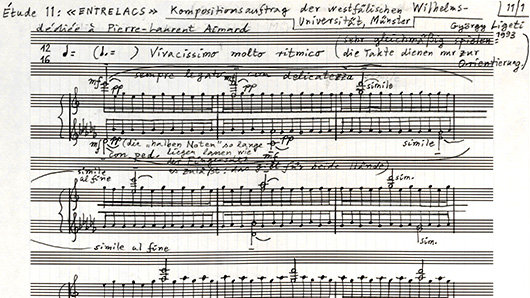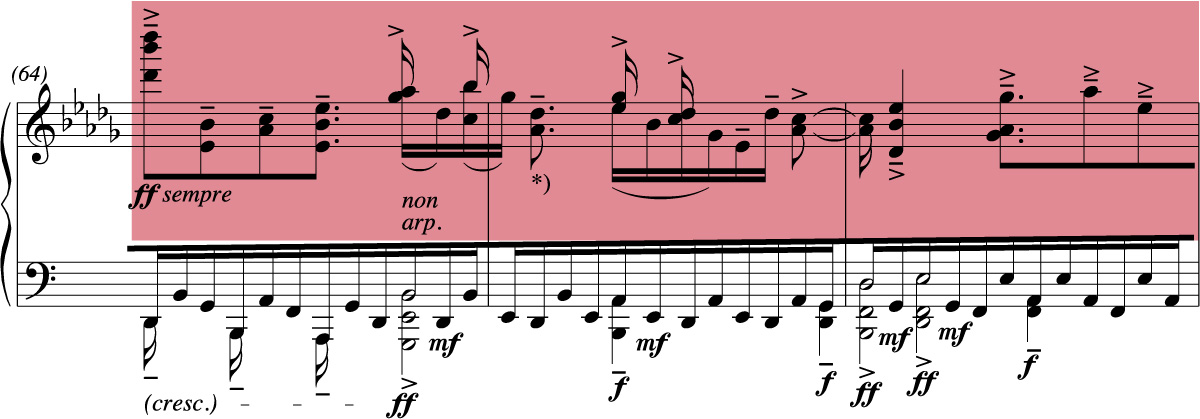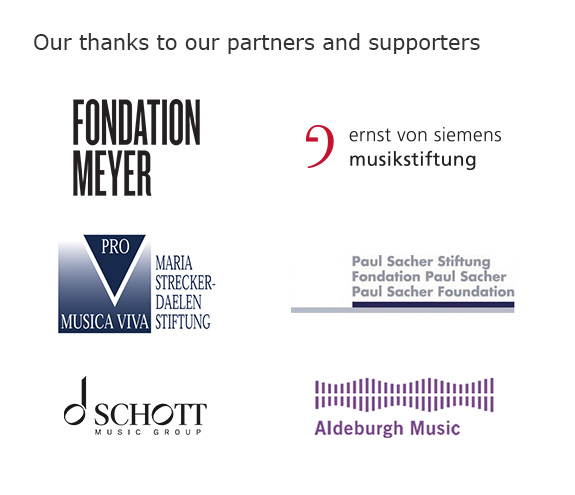



Pierre-Laurent Aimard's performance suggestions are based on his close collaboration with György Ligeti.
The ‘Ligeti’s comments’ function allows you to call up his corrections, additions and explanations in the interactive score, none of which are to be found in the printed score. This critical online edition, compiled by Pierre-Laurent Aimard and Tobias Bleek, takes into account the following sources:
Pierre-Laurent Aimard on Ligeti's performance suggestions
Suggestions from and explanations by the composer that Pierre-Laurent Aimard wrote down during their joint working sessions and reviewed for our interactive score. More information on their collaboration and the performance notes can be found in this video as well as in the section ‘Performing Ligeti’.

First page of the autograph fair score of Entrelacs (Paul Sacher Foundation, Basel)
Revised version of the fair score, which served as a production master for publication and is preserved today in the Paul Sacher Foundation, Basel.
A copy of the autograph fair score with annotations by the composer. (György Ligeti Collection, Paul Sacher Foundation, Basel)

“very capricious and angry”
“freely”
“a bit mad”
“the groups in semiquavers stubbornly”
“give an ‘interior life’ to the accents and the small crescendi and decrescendi”
“right hand louder than the left hand”
Left hand: “well accented but not too much”
Source: Notes by Pierre-Laurent Aimard
A neuroscientist on Ligeti’s piano music
Eckart Altenmüller – music physiologist and neuroscientist – talks about what happens in the brain of a pianist when they play a Ligeti étude.


